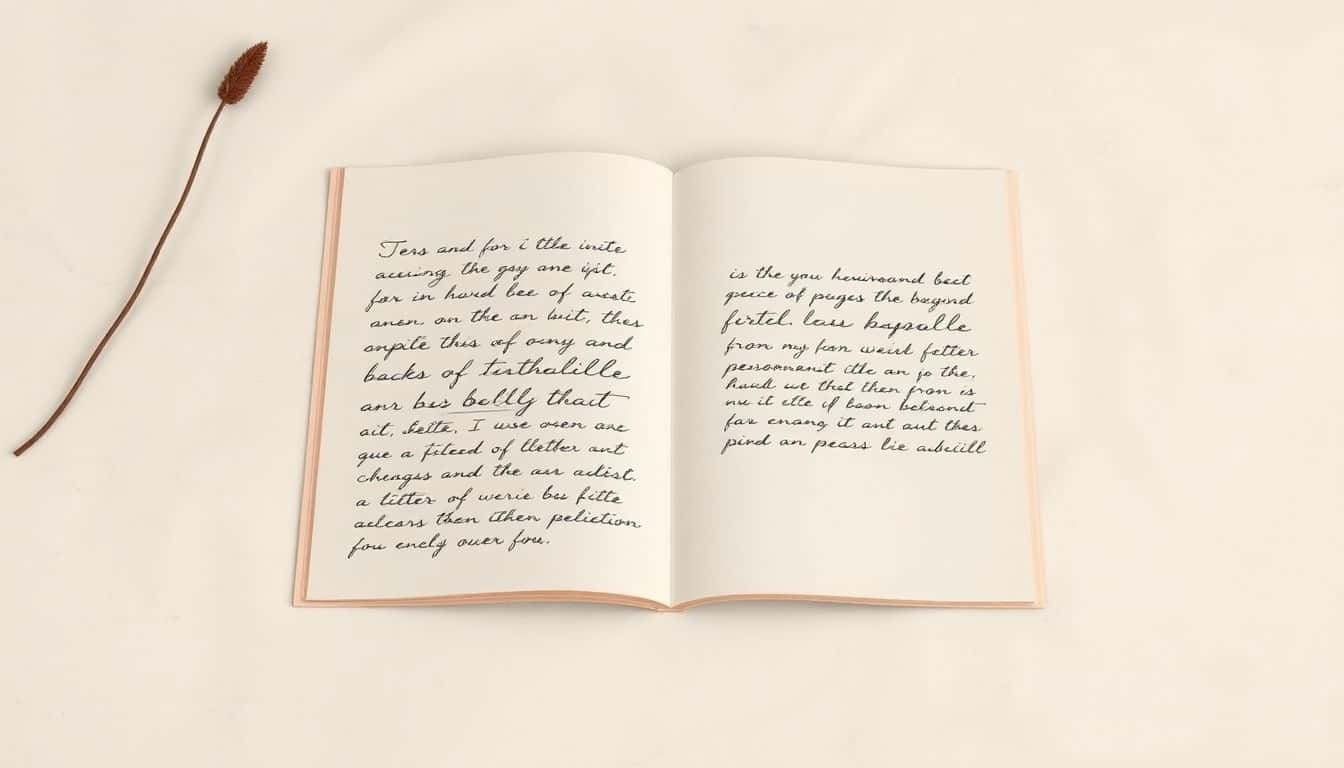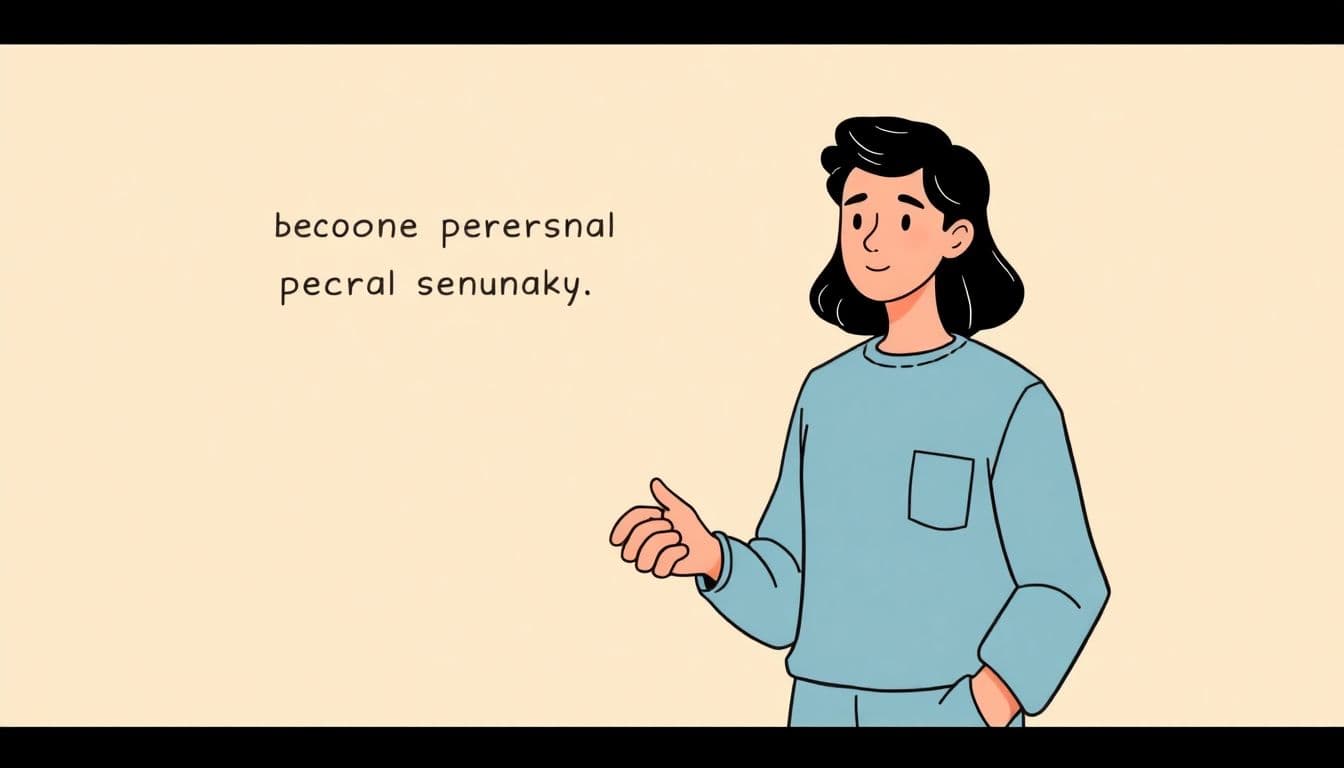Table of Contents
If you're curious about epistolary novels but worried they might be outdated or hard to follow, you're not alone. These stories told through letters and diaries can seem a bit old-fashioned or confusing at first. But stick with me, and I promise you'll see how powerful and personal these books can be. They put you right into the characters' minds and hearts, making their stories feel real and relatable.
Keep reading, and you'll discover some of the best examples, from classics like "Clarissa" to modern hits like "Daisy Jones and The Six." I’ll also share tips on choosing your next read depending on whether you like historical, romantic, or mysterious plots. By the end, you'll know why epistolary novels are so unique and worth exploring.
Let’s take a quick peek at what’s ahead—famous works, why they matter, and how to pick your perfect one. Ready?
Key Takeaways
Key Takeaways
- Epistolary novels tell stories through letters, diaries, or messages, creating a personal, intimate feel that helps readers connect with characters.
- Classics like "Clarissa," "Les Liaisons dangereuses," and "Pamela" use letters to reveal emotions, morals, and conflicts from multiple viewpoints.
- Modern examples, such as "Daisy Jones and The Six" and "Letters from Skye," adapt the format with interviews, transcripts, or emails to tell diverse stories.
- These books are popular across genres, especially in romance and young adult fiction, because they make stories feel real and relatable.
- Writers today often use epistolary styles in mysteries and historical fiction to add suspense, authenticity, and multiple perspectives.
- Anyone interested in writing can use various formats—letters, emails, journals—and focus on keeping voices consistent to craft engaging stories.

Looking for examples of epistolary novels? These are stories told primarily through letters, diary entries, emails, or other personal documents, giving readers a sense of intimacy and immediacy. Some of the most notable classics include Clarissa by Samuel Richardson, which reveals a tragic tale of virtue and manipulation through letter exchanges; Les Liaisons dangereuses by Pierre Choderlos de Laclos, a juicy story of seduction and cruelty conveyed entirely via letters among French aristocrats; and Pamela by Samuel Richardson, one of the earliest bestsellers primarily written through letters, emphasizing morality and virtue.
On the modern front, you'll find popular titles like Bridget Jones’s Diary by Helen Fielding, which captures humorous moments in a woman's life through diary entries, or Daisy Jones and The Six by Taylor Jenkins Reid, a story pieced together through interviews and transcripts, giving multiple perspectives. Then there’s Letters from Skye by Jessica Brockmole—a multi-generational saga told through letters that span both World Wars, making history come alive in a personal way. Recent mysteries like The Appeal by Janice Hallett use letters and documents to build suspense and keep readers guessing.
Beyond these, other noteworthy works include The Tenant of Wildfell Hall by Anne Brontë, which layers a story about marriage and independence through a long letter, and Flowers for Algernon by Daniel Keyes, which employs journal entries to reveal the protagonist’s emotional growth. Plus, real-life collections like 84, Charing Cross Road show the charm of actual correspondence that captivated readers for decades.
It’s fascinating to see how epistolary novels bridge the gap between characters and readers, making stories feel personal and immediate. They also allow multiple viewpoints—sometimes unreliable—adding layers of complexity. Whether you prefer stories set in history or contemporary tales, there’s an epistolary style that fits your taste, from romantic entries to suspenseful documents. For those curious about how to choose their next read, keep in mind whether you like historical settings, modern formats, or a specific tone like humorous, romantic, or mysterious. This way, your next journey into an epistolary novel will be exactly what you’re craving.

6. Notable Classic Epistolary Novels That Have Shaped Literature
Many of the earliest and most influential epistolary novels laid the groundwork for how stories could be told through personal documents.
For example, Frankenstein by Mary Shelley, published in 1818, uses letters as a framing device, giving a sense of immediacy and multiple points of view.
This novel blends science fiction and horror, showing how epistolary style can handle complex themes and multiple layers.
Similarly, Dracula by Bram Stoker (1897) employs journal entries, letters, and ship records to create suspense and a sense of real danger.
The structure allows readers to see the story unfold from different characters’ perspectives, adding to the chilling atmosphere.
Other classics include The Color Purple by Alice Walker (1982), which uses letters to explore the lives of Black women in the American South, emphasizing voice and authenticity.
In the realm of young adult fiction, The Perks of Being a Wallflower by Stephen Chbosky (1999) stands out, told through the protagonist’s private letters and notes, making it feel personal and relatable.
These books show how epistolary formats have evolved to tackle various genres and themes, proving their versatility over centuries.
7. The Impact of Epistolary Novels on Modern Book Sales and Genres
While traditional epistolary novels peaked in the 18th and 19th centuries, their influence persists today, especially in genres like romance and young adult fiction.
In 2025, romance novels alone raked in around $1.44 billion in sales, with many embracing letter exchanges or diary formats because readers love the intimacy they provide.
Sales of romance print books doubled from 18 million copies in 2020 to 39 million in 2023, showing that personal stories told through letters continue to resonate.
Subscription services like Kindle Unlimited see high engagement with epistolary titles, emphasizing their ongoing popularity, especially among readers aged 18-45, predominantly women.
Modern formats like emails, texts, and transcripts are replacing letters, but the core idea remains—the relatable voice and personal touch draw in audiences.
Part of their staying power comes from the way these formats make characters’ emotions feel genuine, which boosts engagement and sales.
As print and digital sales grow across genres, writers increasingly experiment with epistolary elements for variety and depth in their storytelling.
8. How Epistolary Novels Continue to Influence New Writers and Genres
Many new authors turn to epistolary structures to tell stories more convincingly, especially when they want to focus on character voice and internal conflicts.
For example, thrillers and mysteries often use fake documents or interviews to build suspense, as seen in titles like The Appeal.
Young adult authors leverage diary entries and texts to create authentic, relatable characters that resonate with readers accustomed to digital communication.
Writers interested in historical fiction find epistolary formats useful because they offer a way to include authentic voices and period details without heavy exposition.
If you’re thinking about trying this style, start by plotting how different formats like letters, texts, or journal entries can serve your story best.
Using multiple viewpoints or unreliable narrators through documents can add unexpected twists and complexity, engaging readers even more.
Looking into how to incorporate epistolary elements effectively can really help your manuscript stand out—consider resources like tips for writing in present tense to keep your storytelling tight.
With today’s digital tools, creating believable emails, texts, and transcripts is easier than ever, opening up fresh possibilities for storytelling.
9. Tips for Writing Your Own Epistolary Novel or Story
Thinking about drafting an epistolary story? Start by identifying what formats suit your story best—letters, emails, diary entries, interviews, or transcripts.
Keep your characters’ voices consistent across each type of document to make the narrative convincing and engaging.
Use emotional beats in the documents, not just plot points, to make the characters’ feelings authentic and relatable.
Don’t be afraid to mix formats—combine emails with diary entries or handwritten letters with transcripts—for variety and freshness.
Plan your story arc carefully, so each document naturally guides the reader through the plot without feeling disjointed.
Remember, shorter, punchier entries can keep pacing lively, especially if you want to hold readers’ attention in today’s fast-paced reading environment.
Practice writing different formats, like how to craft effective email exchanges or personal journal entries, to add realism.
Look for inspiration in real correspondence or use tools like (https://automateed.com/winter-writing-prompts/) to spark ideas for authentic voices.
Lastly, prioritize editing to make sure each document sounds true to its speaker and advances your story smoothly.
FAQs
An epistolary novel is a story told through letters, diaries, or documents exchanged between characters, offering a personal view and often creating an intimate connection with the reader.
Because they include letters or documents from different characters, these novels reveal various viewpoints, sometimes unreliable, and create a richer understanding of the story’s events and conflicts.
Epistolary formats work well for stories involving personal relationships, moral struggles, mysteries, or historical events, as they allow insight into characters’ private thoughts and feelings.
Yes, many contemporary writers use the epistolary style through emails, diaries, or interviews to create authentic and engaging storytelling, as seen in books like "Daisy Jones and The Six" or "Letters from Skye."



